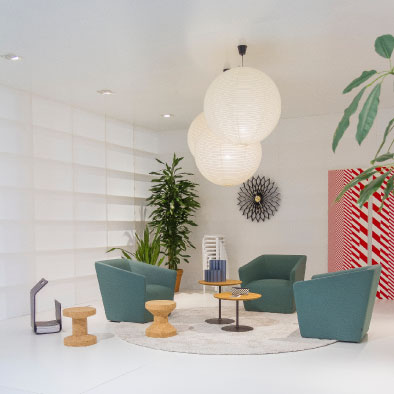
Minimalist Design Tips
We decided to use a class diagram instead of an object diagram since we wanted to show the classes our project consists of and what those classes were each capable of (methods).
2019-22-2
We have decided to continue using UML 2.X[1] to describe the architecture of our software project. The reason for this is that it allows us to create a diagram which provides a clear visualisation of the structure of the project. The diagram generated can be used to visualise how classes relate to each other, and to clearly see the attributes of each individual class, along with each of their methods.
We decided to use a class diagram instead of an object diagram since we wanted to show the classes our project consists of and what those classes were each capable of (methods). The object diagram would instead have shown the interaction between the classes at some point in run time.
At the start of the assessment, we scoped out which requirements and features we wanted to implement by the assessment deadline. We used the assessment brief provided to us and and took into account the amount of time we had until the assessment deadline to determine how far we wanted to take the project and what features we wanted to implement. As we began to plan out the implementation details, and started to make design decisions, it became clear that changes would need to be made to the architecture defined in the previous assessment.
For the first assessment, the abstract and concrete architecture were designed using the tool Draw.io [2], however we decided against using this tool for designing the latest version of the concrete architecture. This was because the complexity of our architecture has increased, and continuing to use Draw.io (a tool better suited for simpler diagrams) would make the task unnecessarily complex and time consuming.
Through some research we found out that we could save time by automatically generating UML class diagrams based on our code. We used the built in functionality of IntelliJ IDEA [3], the IDE we have been using. Once we had completed the implementation required for this assessment, we used IntelliJ to generate the UML diagram [4] which we then proceeded to thoroughly check for any errors or inconsistencies before annotating it and posting it below.

We decided to use a class diagram instead of an object diagram since we wanted to show the classes our project consists of and what those classes were each capable of (methods).

We have decided to continue using UML 2.X[1] to describe the architecture of our software project. The reason for this is that it allows us to create a diagram which provides a clear visualisation of the structure of the project. The diagram generated can be used to visualise how classes relate to each other, and to clearly see the attributes of each individual class, along with each of their methods.

The diagram generated can be used to visualise how classes relate to each other, and to clearly see the attributes of each individual class, along with each of their methods
Explore the Possibilities with This Template! Ready to make it yours?